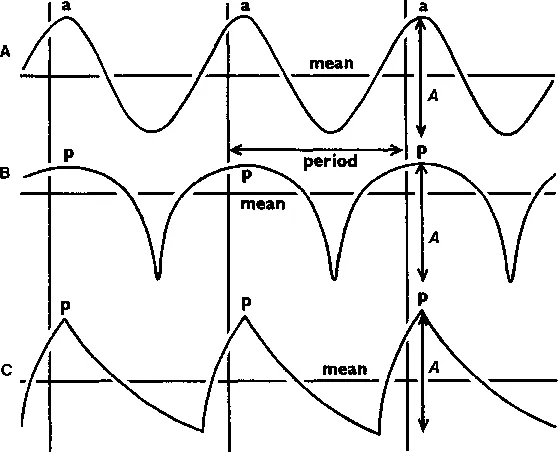
- 348 pages
- English
- ePUB (mobile friendly)
- Available on iOS & Android
Circadian Rhythms and the Human
About This Book
Circadian Rhythms and the Human covers the basic principles behind the human circadian rhythms. This book is composed of 12 chapters that discuss the detection, analysis, and definition of rhythms, specifically exogenous and endogenous rhythms. This book also demonstrates the mechanism of metabolic and gastrointestinal rhythms. The opening chapters deal with the rhythms in living organism; establishing the endogeneity of rhythms; definition of nychthemeral rhythm; methods of measuring the frequency of rhythms; exogenous effects upon the temperature rhythm; interaction between exogenous and endogenous influences; and possible origins of renal rhythmicity. The succeeding chapters consider the effect of exercise at different times of day and the concept of sleep-wakefulness rhythm. The discussion then shifts to the effects of repeated time-zone transitions and the effects of time on drug administration. The closing chapters are devoted to the assessment of work performance during shift work. The book can provide useful information to doctors, students, researchers, and the general reader.
Frequently asked questions
Information
Introduction and Methods of Study
Publisher Summary
1 Rhythms in Living Organisms
2 Definition of Terms

Table of contents
- Cover image
- Title page
- Table of Contents
- Copyright
- Dedication
- Preface
- Acknowledgements
- Foreword
- Chapter 1: Introduction and Methods of Study
- Chapter 2: The Circadian Rhythm of Deep Body Temperature
- Chapter 3: Cardiovascular, Respiratory, Metabolic and Gastrointestinal Rhythms
- Chapter 4: The Kidney and Hormones Affecting it
- Chapter 5: Sleep and Wakefulness
- Chapter 6: Rhythms in Mental Performance
- Chapter 7: The Endocrine System
- Chapter 8: Rhythms in the Infant and the Aged
- Chapter 9: Time-Zone Transitions
- Chapter 10: Shift Work
- Chapter 11: Clinical Implications
- Chapter 12: Circadian Rhythm Mechanisms
- Statistical Analysis of Rhythms
- glossary
- Index